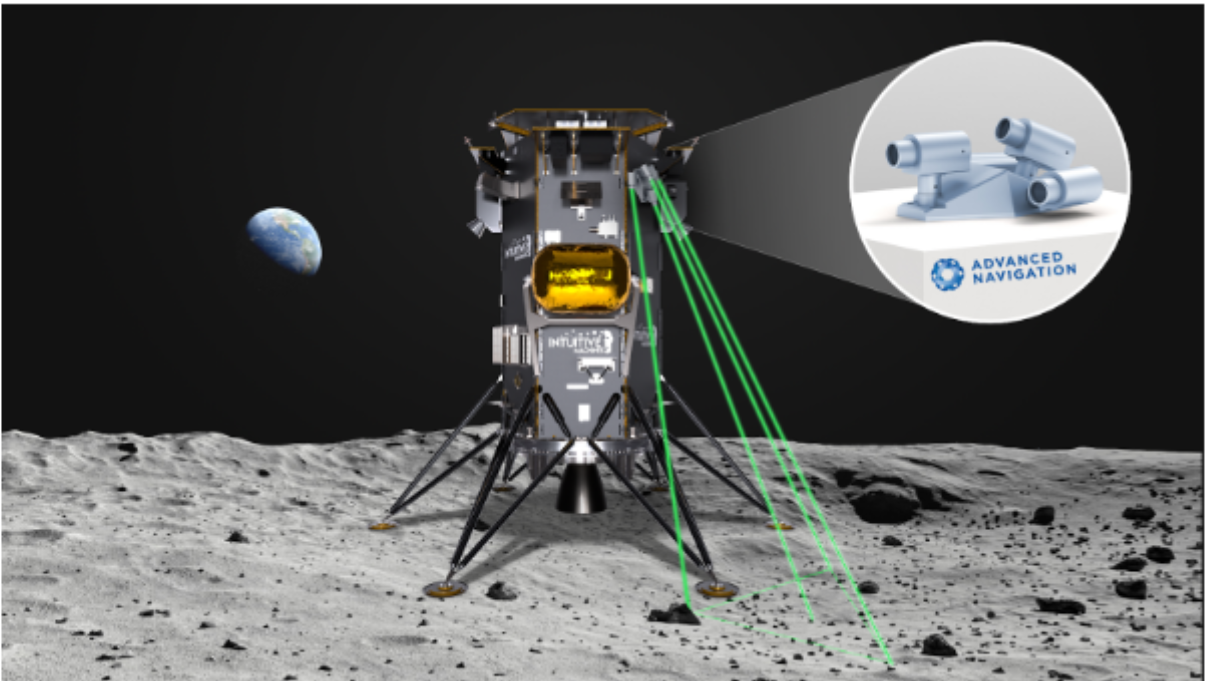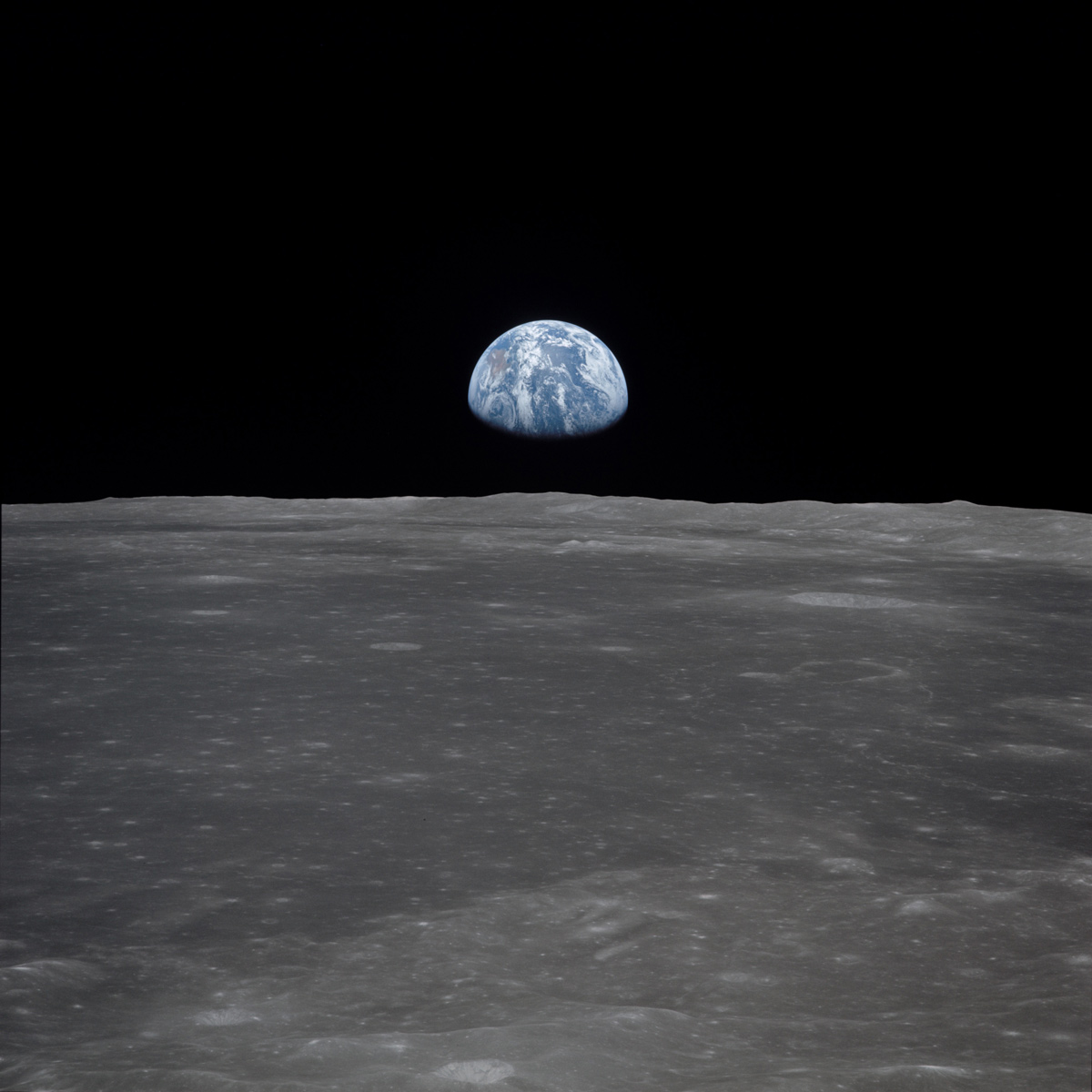We are thrilled to be drawing on our expertise in the area of astronomical instrumentation and developing this essential component for future explorations of space.
- AAL and Industry Engagement
- Capabilities
- Case studies
- OzGrav and Xcalibur Multiphysics – Seeing the unseeable
- ICRAR Team and CRC for Honey Bee Products – Honey Signatures
- Swinburne University / ADACS and EY Australia – Space Tech Hub
- Dr James Gilbert – The Rosella Program
- A/Professor Julia Bryant – The Hector instrument and Nicholas Hacko Watchmaker
- Dr Jose Bellido Caceres – Aquamate water tanks for gamma-ray observatory
- Dr Ilana Feain – Quasar Satellite Technologies
- Associate Professor Lee Spitler – AAO and Advanced Navigation, Moon to Mars Initiative
- Professor Karl Glazebrook – Keck Observatory RTC
- Professor Alan Duffy – mDetect
- Matt Shields – Pentalym
- Industry Partners
- Events



